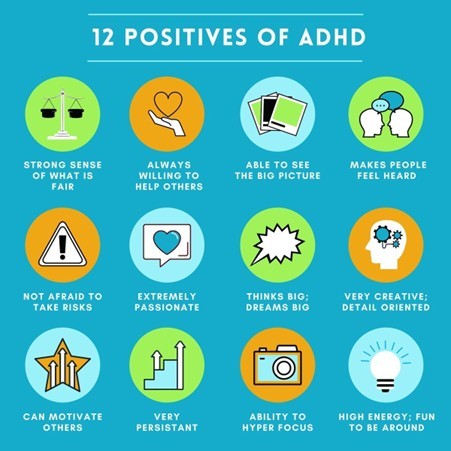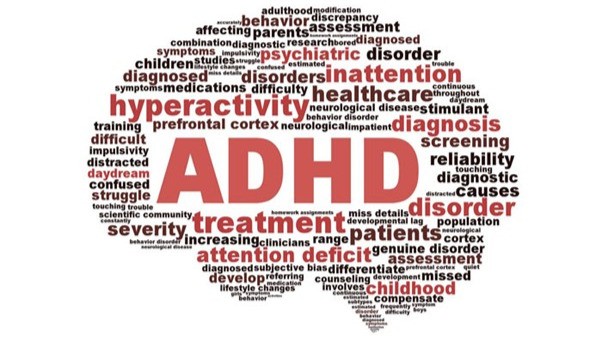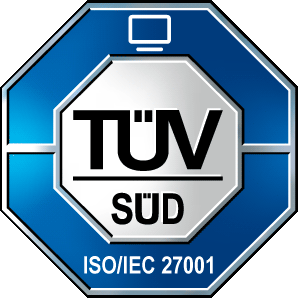Attention Deficit Hyperactivity Disorder (ADHD) is a neurobehavioral disorder that can affect your behaviors, ability to focus, and memory.
ADHD can present unique challenges in the workplace, such as difficulties with focus, organization, and time management, but it also brings strengths like creativity, hyperfocus, and innovative thinking. With the right strategies, including structured routines, assistive tools, accommodations, and support, individuals with ADHD can thrive professionally

Common Workplace Challenges for Individuals with ADHD
The relationship between ADHD and employment outcome is complex, and environmental factors such as person-environment fit and workplace accommodations may mediate the risk of employment difficulties.
Working with ADHD makes it difficult to concentrate because fast-paced open office environments provide too many distractions. Attention easily shatters under the surrounding noise and movement, and short discussions with colleagues disrupt the thoughts, making it impossible to refocus, which results in decreased productivity. Another challenge is staying organized. This area becomes chaotic when there is a lack of proper structure, which creates extra challenges for maintaining task management. Time management is also difficult.
Inattention in ADHD can be subdivided into four separate constructs
1. Selective attention: the ability to concentrate exclusively on task-relevant stimuli and ignore task-irrelevant stimuli
2. Divided attention: the ability to simultaneously attend to two or more tasks
3. Sustained attention: the ability to maintain persistent focus over time on uninteresting tasks
4. Shifting attention: Ability to intentionally shift one’s focus between different tasks.
A deficit in selective attention leads workers with ADHD to have difficulty attending to tasks in the presence of noise, conversation, light, and environment.
A deficit in divided attention leads to difficulties in multitasking and being overwhelmed when confronted with multiple job demands.
The deficit in sustained attention leads to difficulty in staying motivated when working on repetitive duties
The deficit in shifting attention may lead to difficulties in redirecting efforts between distinct tasks.
Communication can be another hurdle, with difficulties following complex instructions or remembering important details. Additionally, emotional regulation issues may lead to mood swings or overreactions to stress, affecting relationships and job satisfaction.
ADHD Strengths
1. Determination to accomplish demanding and challenging work tasks.
2. Some people experience inherent talents that facilitate effective multitasking and creativity
3. People with ADHD show immense creativity in thinking of non-traditional solutions, putting forward new hypotheses by aggregating knowledge across different fields
4. Ability to hyperfocus seems to be more common in ADHD than in neurotypical populations. Hyperfocus was especially likely when the work-related task was interesting.
5. Individuals with ADHD capitalized on heightened awareness to get along with others, be mindful of others’ feelings, and be a good team player

Strategies for Managing ADHD at Work
Awareness and acceptance: Start by developing self-awareness about ADHD
Creating a structured Work Environment: Planning, prioritization, organization and structure. Assistive devices such as to-do lists, checklists, electronic planners may be used by workers with ADHD to develop structure, habits and a regular routine work
Implementing Time Management Techniques: Other assistive devices such as alarms, timer, reminder can be used.
Assistive devices such as to-do lists, checklists, electronic planners may be used by workers with ADHD to develop structure, habits and a regular routine of work.
Support, interventions, accommodations and aids: In situation where workers with ADHD could not choose an employment that optimally fit their personal characteristics, workplace accommodation and social support could help them to adjust to their workplace environment,
Regarding medications, many people with ADHD described significant improvements in functioning at work following pharmacological treatment of ADHD symptoms. Non-pharmacological interventions like Cognitive behavioral therapy (CBT) for ADHD, mindfulness exercises focusing on organizing, prioritizing and time management in daily life can wither be used as complement to pharmacological intervention.

Conclusion
Workers with ADHD can adapt and thrice in employment with right person-environment fit, and accommodations and support.
Diversity is about learning from others who are not the same, about dignity and respect for all, workplace about creating workplace environments and practices that encourage learning from others and capture the advantage of diverse perspectives.









